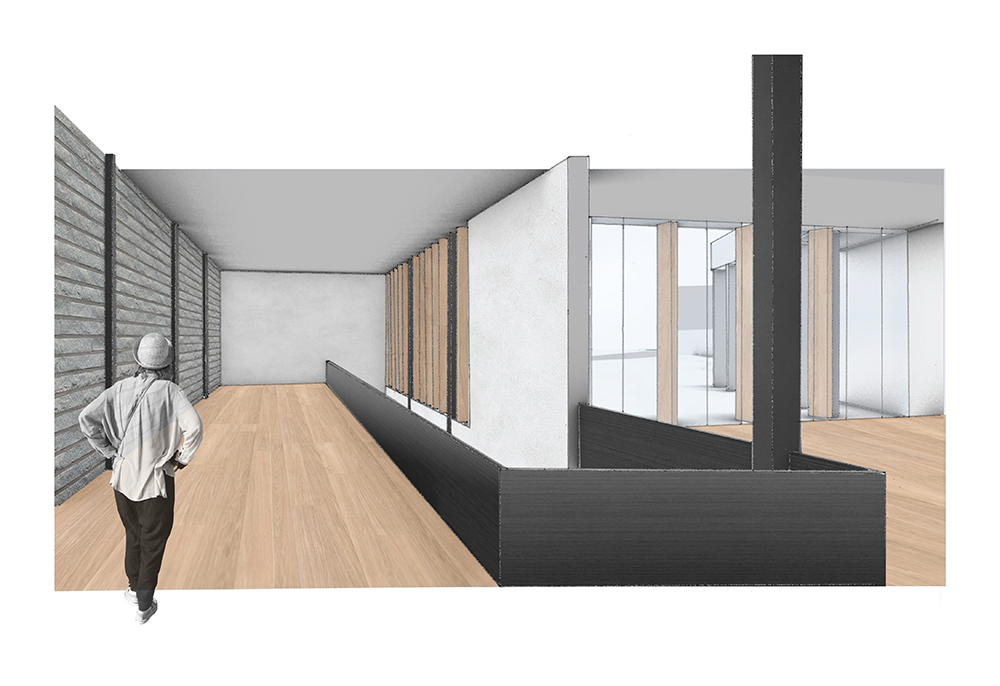As an alternative to the traditional court system, restorative justice mediates discussion circles between victims and perpetrators in order to address harms rather than assign blame. This project nests restorative justice within a community center, making a statement that this type of conflict resolution is a public amenity.
The building is organized around three different areas of the site—the bottom, the middle, and the top of the hill, with a distinct entry, outdoor space, and program in each area. The different areas address community in varying ways; from an open public courtyard that connects to an interior atrium, to the more protected circle rooms which connect to private gardens.











